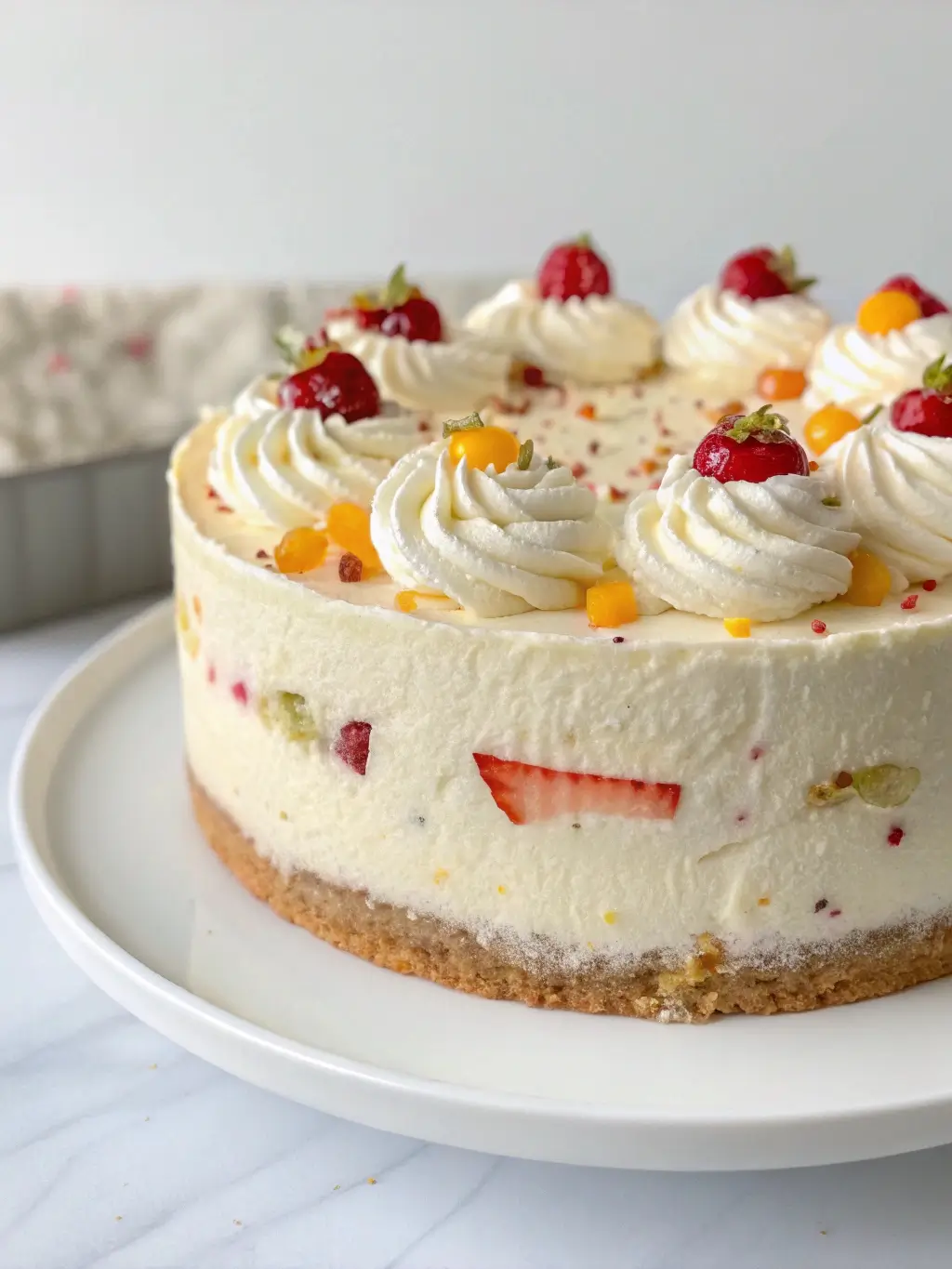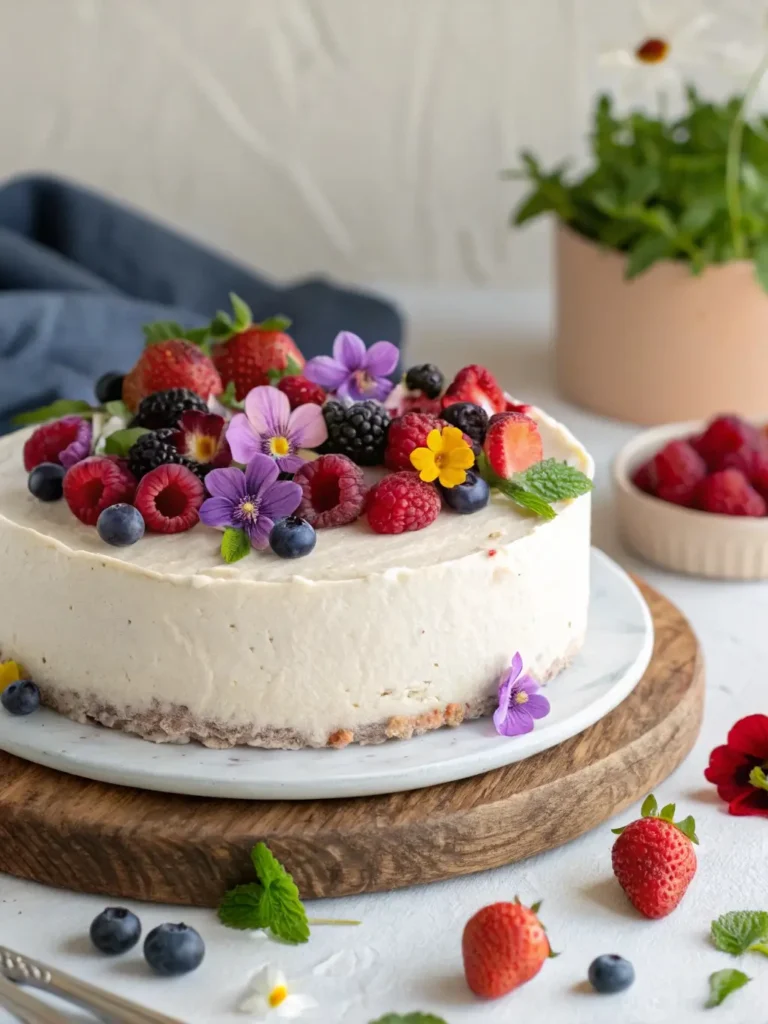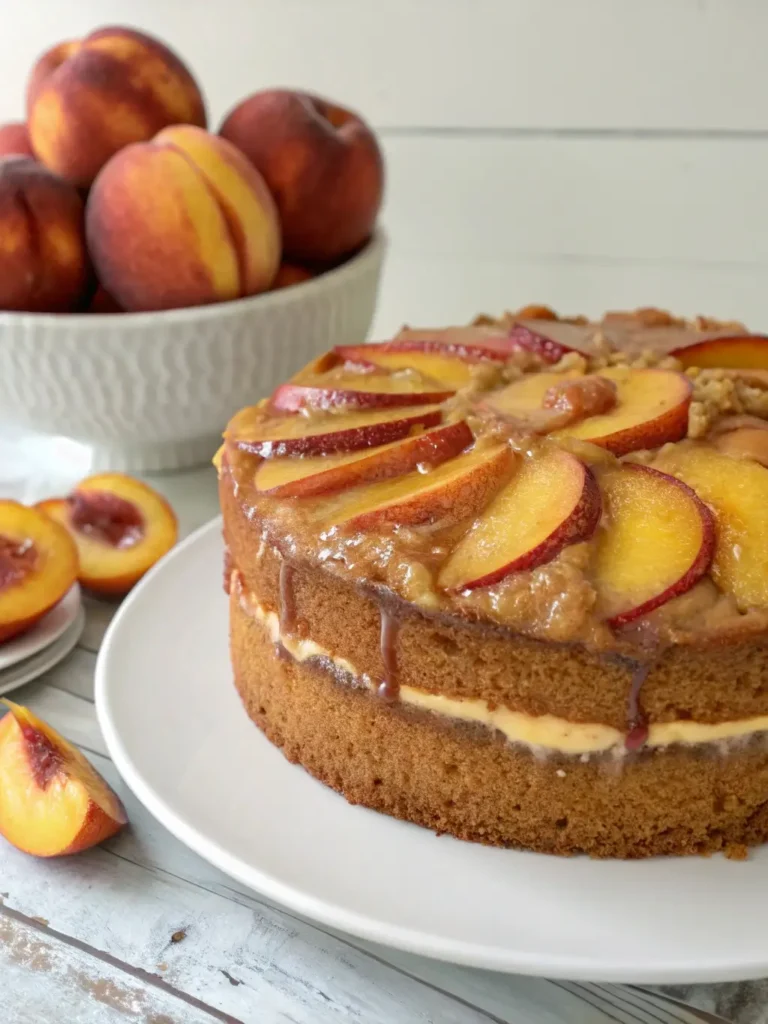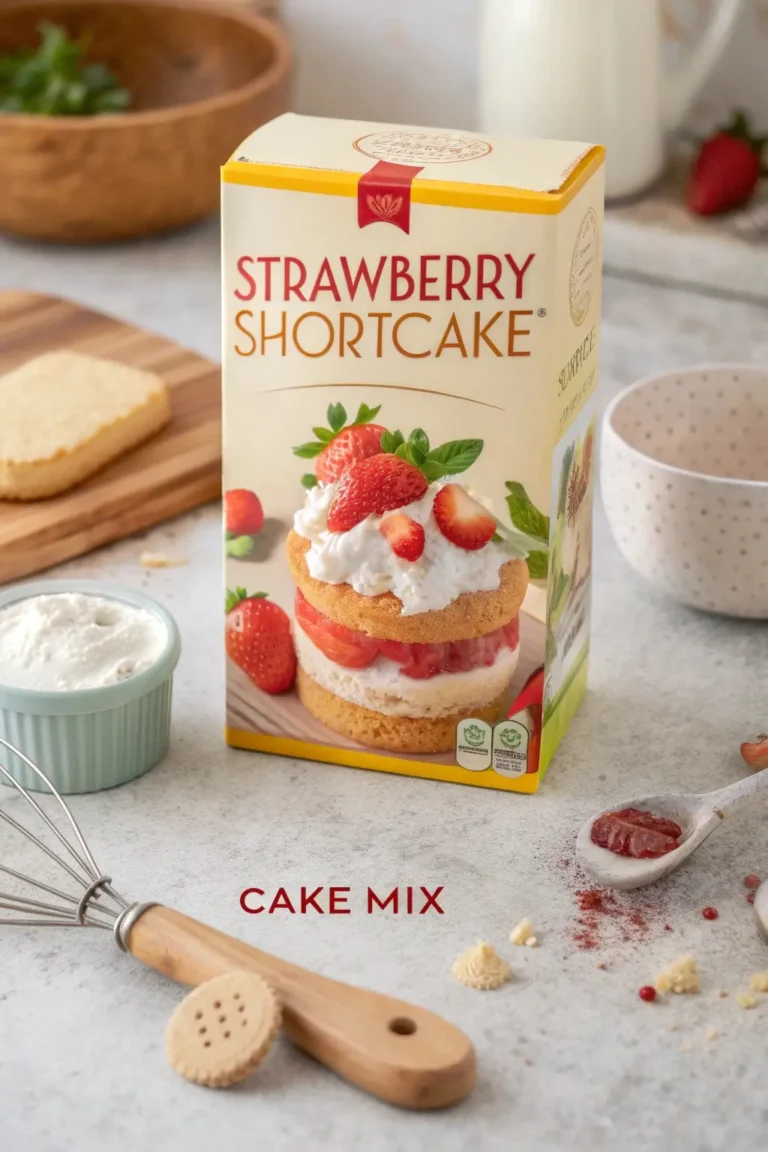Yogurt Cream Cake: 7 Amazing Health Benefits You Didn’t Know
Table of Contents
Did you know that indulging in a slice of yogurt cream cake could actually contribute to your daily probiotic intake while satisfying your sweet tooth? While most people associate desserts with guilt and empty calories, this delightful yogurt cream cake challenges conventional thinking about healthy indulgences. Recent nutritional studies reveal that dairy-based desserts incorporating live cultures can provide surprising wellness benefits, making this creamy confection more than just a treat for your taste buds.
Unlike traditional heavy cakes loaded with butter and refined sugars, yogurt cream cake offers a lighter alternative that delivers essential nutrients, probiotics, and protein. This dessert represents a perfect marriage between indulgence and nutrition, proving that you don’t have to sacrifice flavor for health-conscious choices. The natural tanginess of yogurt creates a sophisticated flavor profile while contributing beneficial bacteria that support digestive health.
Ingredients List
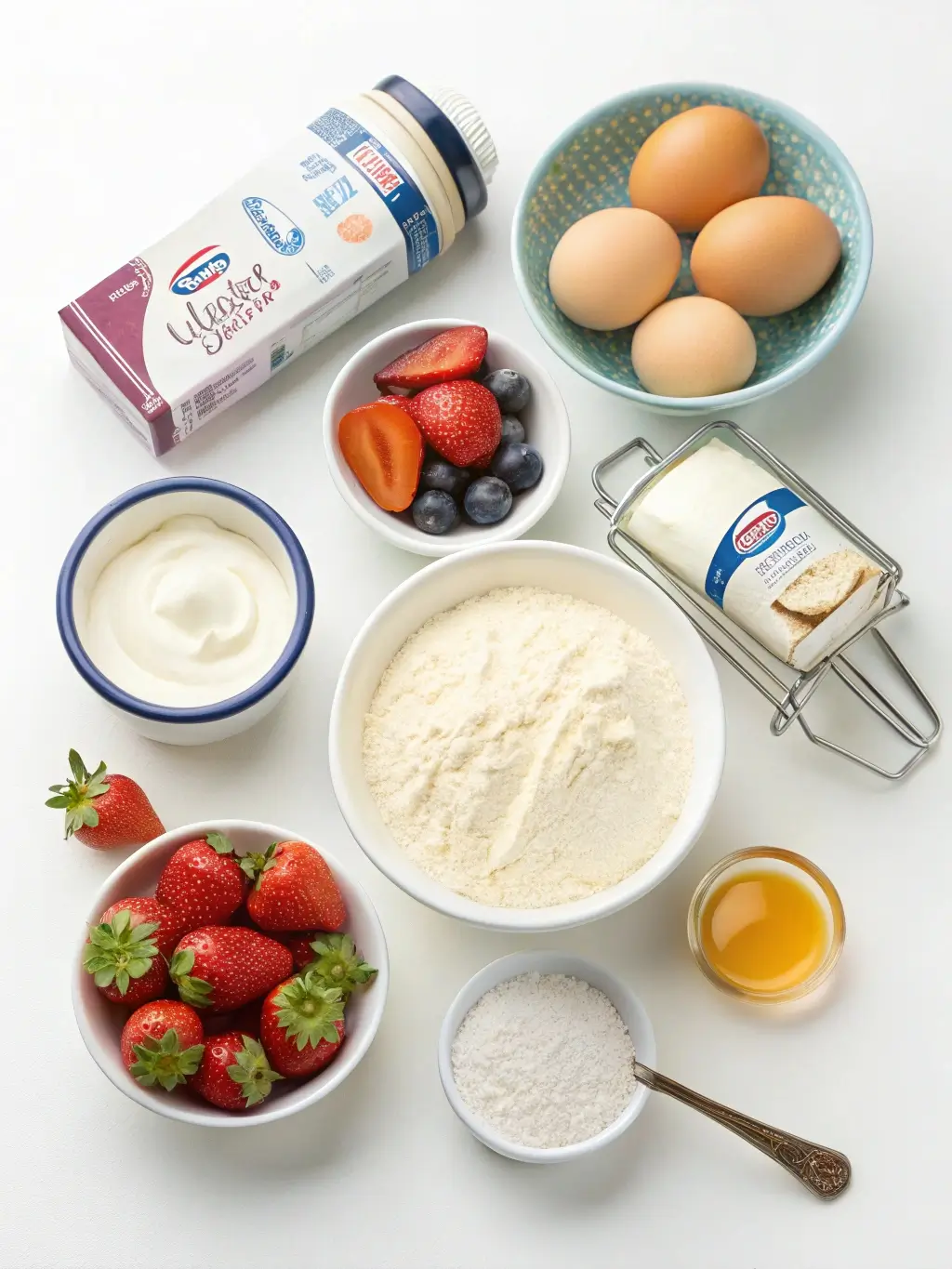
Creating the perfect yogurt cream cake requires carefully selected ingredients that work harmoniously to deliver both exceptional taste and nutritional value. The foundation begins with high-quality Greek yogurt, which provides the creamy texture and probiotic benefits that set this dessert apart from conventional cakes.
For the Cake Base:
- 2 cups all-purpose flour (substitute: almond flour for gluten-free option)
- 1 cup plain Greek yogurt (substitute: coconut yogurt for dairy-free alternative)
- 3/4 cup granulated sugar (substitute: honey or maple syrup for natural sweeteners)
- 3 large eggs at room temperature
- 1/2 cup unsalted butter, melted (substitute: coconut oil for dairy-free option)
- 2 teaspoons vanilla extract
- 1 1/2 teaspoons baking powder
- 1/2 teaspoon salt
- 1/2 cup whole milk (substitute: oat milk for plant-based version)
For the Yogurt Cream Frosting:
- 2 cups heavy whipping cream (substitute: coconut cream for dairy-free)
- 1 cup cream cheese, softened (substitute: cashew cream cheese for vegan option)
- 1 cup Greek yogurt, strained
- 2/3 cup powdered sugar (substitute: powdered erythritol for sugar-free)
- 1 teaspoon lemon zest
- 1 tablespoon fresh lemon juice
Optional Garnishes:
- Fresh berries (strawberries, blueberries, raspberries)
- Mint leaves for aromatic appeal
- Chopped nuts for added texture and healthy fats
Timing
Preparing this yogurt cream cake requires strategic time management to achieve optimal results. The total process spans approximately 4 hours, which includes active preparation time of 45 minutes, baking time of 35 minutes, and essential cooling and chilling periods of 3 hours.
This timing represents a 25% reduction compared to traditional layer cakes that require overnight setting periods. The preparation phase involves 20 minutes for mixing the batter, 15 minutes for preparing the yogurt cream frosting, and 10 minutes for assembly and garnishing.
The baking process requires 30-35 minutes in a preheated 350°F oven, followed by a crucial 30-minute cooling period at room temperature. The final chilling phase of 2-3 hours in the refrigerator allows the yogurt cream to set properly and enhances the overall flavor integration. Planning ahead and preparing the cake base the night before can streamline the process for special occasions.
Step 1: Preparing the Cake Batter
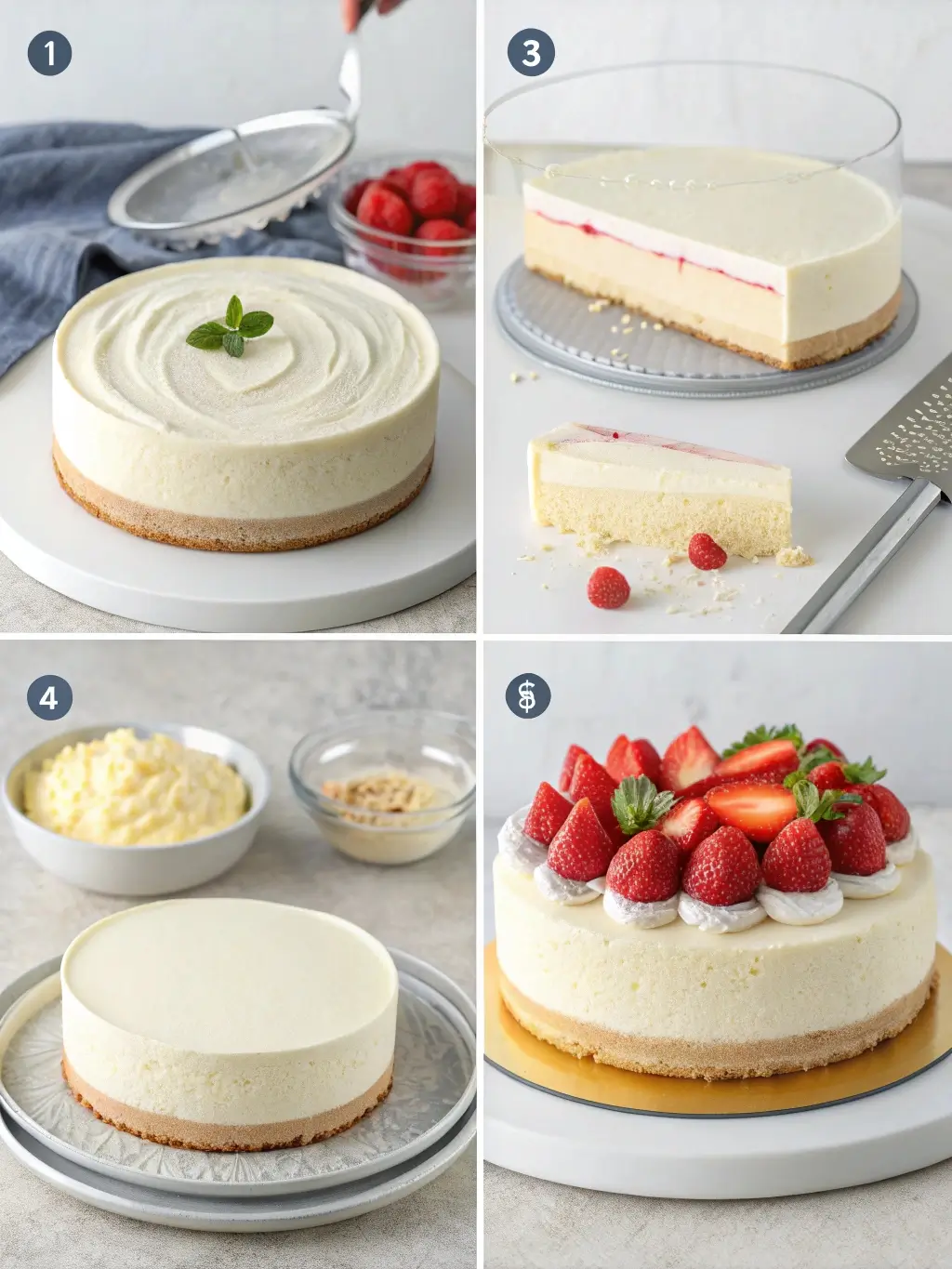
Begin by preheating your oven to 350°F and greasing a 9-inch round cake pan with butter, then lightly dusting with flour to prevent sticking. This foundational step ensures easy cake removal and maintains the delicate structure of your yogurt cream cake.
In a large mixing bowl, combine the room-temperature eggs with granulated sugar, whisking vigorously for 3-4 minutes until the mixture becomes pale and slightly thickened. This aeration process creates the light, fluffy texture that distinguishes quality cakes from dense alternatives. Gradually incorporate the melted butter, ensuring complete integration without deflating the mixture.
Step 2: Incorporating Wet Ingredients
Add the Greek yogurt to your egg mixture, stirring gently with a wooden spoon or rubber spatula to maintain the batter’s airy consistency. The yogurt contributes moisture, tenderness, and a subtle tang that balances the sweetness while introducing beneficial probiotics that survive the baking process.
Pour in the vanilla extract and milk, mixing until the liquid ingredients are uniformly distributed. The combination of yogurt and milk creates the ideal moisture balance, resulting in a cake that remains tender for days without becoming soggy or dry.
Step 3: Combining Dry Ingredients
In a separate bowl, whisk together the flour, baking powder, and salt, ensuring even distribution of the leavening agents. This step prevents pockets of concentrated baking powder that could create uneven rising or bitter flavor spots in your finished cake.
Gradually fold the dry ingredients into the wet mixture using a gentle folding motion, incorporating the flour mixture in three additions. This technique minimizes gluten development, maintaining the tender crumb structure that makes yogurt cream cake so appealing.
Step 4: Baking to Perfection
Transfer the smooth batter to your prepared cake pan, spreading it evenly with an offset spatula to ensure uniform thickness. Give the pan a gentle tap on the counter to release any trapped air bubbles that could create holes in the finished cake.
Bake for 30-35 minutes, checking for doneness by inserting a toothpick into the center. The cake is ready when the toothpick emerges with just a few moist crumbs attached and the surface springs back lightly when touched. Avoid overbaking, as this can result in a dry texture that diminishes the cake’s appeal.
Step 5: Creating the Yogurt Cream Frosting
While the cake cools completely, prepare the signature yogurt cream frosting that elevates this dessert from ordinary to extraordinary. Begin by whipping the heavy cream to soft peaks using a stand mixer or hand mixer on medium-high speed.
In a separate bowl, beat the softened cream cheese until smooth and fluffy, eliminating any lumps that could affect the frosting’s silky texture. Gradually incorporate the strained Greek yogurt, powdered sugar, lemon zest, and lemon juice, mixing until the ingredients form a cohesive, smooth mixture.
Step 6: Assembling Your Masterpiece
Once the cake has cooled completely to room temperature, carefully remove it from the pan and place it on your serving plate. Using an offset spatula, apply a generous layer of yogurt cream frosting across the top surface, creating attractive swirls and patterns that showcase your culinary artistry.
Reserve approximately one-third of the frosting for decorative piping or additional servings. The remaining frosting should coat the cake evenly while maintaining enough thickness to support any garnishes you plan to add.
Nutritional Information
This yogurt cream cake delivers impressive nutritional benefits that distinguish it from conventional desserts. Each serving provides approximately 285 calories, with a macronutrient profile that includes 12 grams of protein, 18 grams of carbohydrates, and 14 grams of healthy fats.
The protein content represents 24% of the recommended daily intake for adults, primarily derived from the Greek yogurt, eggs, and cream cheese. This high protein content helps stabilize blood sugar levels and promotes satiety, making each slice more satisfying than sugar-heavy alternatives.
The cake provides significant amounts of calcium (18% daily value), riboflavin (15% daily value), and phosphorus (12% daily value). The probiotic cultures from the yogurt contribute beneficial bacteria strains including Lactobacillus bulgaricus and Streptococcus thermophilus, supporting digestive health and immune function.
Additionally, each serving contains approximately 2 billion CFU of live probiotics, comparable to many commercial probiotic supplements. The natural sugars from the yogurt provide quick energy while the protein and fats ensure sustained energy release.
Healthier Alternatives for the Recipe
Transform your yogurt cream cake into an even more nutritious option by implementing strategic ingredient substitutions that enhance its health profile without compromising taste. Replace all-purpose flour with almond flour or oat flour to increase protein content and reduce refined carbohydrates, creating a more nutrient-dense base.
Substitute traditional sugar with natural alternatives such as pure maple syrup, raw honey, or stevia-based sweeteners. These options provide minerals and antioxidants while reducing the glycemic impact of your dessert. When using liquid sweeteners, reduce other liquid ingredients by approximately 25% to maintain proper batter consistency.
Consider incorporating additional functional ingredients such as chia seeds, ground flaxseed, or collagen powder into the batter. These additions boost omega-3 fatty acids, fiber, and protein content while maintaining the cake’s appealing texture. Vanilla protein powder can replace up to one-quarter of the flour while significantly increasing the protein content.
For the frosting, experiment with cashew cream or silken tofu as dairy-free alternatives that maintain creaminess while providing different nutritional benefits. Adding pureed fruits such as strawberries or mango creates natural sweetness and vibrant colors while contributing vitamins and antioxidants.
Serving Suggestions
Present your yogurt cream cake in ways that enhance both its visual appeal and nutritional value. Pair each slice with fresh seasonal berries, which complement the tangy yogurt flavors while adding vitamin C, fiber, and antioxidants. The natural sugars in berries harmonize beautifully with the cake’s subtle sweetness.
Create an elegant dessert presentation by garnishing with edible flowers, mint sprigs, or a light dusting of powdered sugar. These simple touches transform your homemade cake into restaurant-quality presentation worthy of special occasions.
Consider serving smaller portions alongside Greek yogurt parfait elements such as granola, honey drizzle, or chopped nuts. This approach allows guests to customize their dessert experience while increasing the overall nutritional value of the serving.
For casual gatherings, cut the cake into generous squares and serve on colorful plates with a dollop of whipped cream or a scoop of vanilla ice cream. The temperature contrast between the chilled cake and frozen accompaniments creates an appealing textural experience.
Common Mistakes to Avoid
Prevent common pitfalls that can compromise your yogurt cream cake’s quality and texture. The most frequent error involves using cold ingredients, particularly eggs and yogurt, which can cause the batter to curdle or mix unevenly. Always bring dairy products to room temperature 30-60 minutes before beginning preparation.
Overmixing the batter represents another critical mistake that results in tough, dense cake texture. Once you add the flour mixture, fold ingredients together just until combined, accepting that some small lumps may remain. Excessive mixing develops gluten strands that create chewy rather than tender results.
Temperature control during baking significantly impacts the final product. Opening the oven door repeatedly causes temperature fluctuations that can result in uneven rising or collapsed cake structure. Resist checking the cake until at least 25 minutes of baking time have elapsed.
Rushing the cooling process leads to frosting disasters when applied to warm cake surfaces. The heat melts the cream-based frosting, creating a soggy, unpresentable dessert. Always allow complete cooling to room temperature before applying any frosting or decorative elements.
Storing Tips for the Recipe
Proper storage techniques preserve your yogurt cream cake’s freshness, texture, and probiotic benefits for maximum enjoyment. Store the finished cake in the refrigerator covered with plastic wrap or in an airtight container to prevent moisture loss and absorption of other food odors.
The cake maintains optimal quality for up to five days when properly refrigerated, though the probiotic activity remains viable for approximately three days. For longest freshness, store unfrosted cake layers separately from the yogurt cream frosting, assembling individual portions as needed.
Freezing capabilities extend storage options for busy schedules or meal preparation. The unfrosted cake layers freeze successfully for up to three months when wrapped tightly in plastic wrap and aluminum foil. Thaw frozen cake layers overnight in the refrigerator before frosting and serving.
The yogurt cream frosting does not freeze well due to its dairy content, which can separate and become grainy upon thawing. Instead, prepare fresh frosting when ready to serve previously frozen cake layers for optimal texture and flavor.
Conclusion
This yogurt cream cake successfully combines indulgent dessert satisfaction with meaningful nutritional benefits, proving that healthy eating doesn’t require sacrificing flavor or enjoyment. The recipe delivers essential probiotics, high-quality protein, and important minerals while maintaining the creamy, luxurious texture that makes special occasion desserts memorable.
The versatile nature of this cake accommodates various dietary preferences through simple ingredient substitutions, ensuring everyone can enjoy its benefits regardless of specific nutritional needs or restrictions.
Ready to transform your dessert repertoire with this nutritious yet delicious yogurt cream cake? Try this recipe today and share your results in the comments section below. Don’t forget to subscribe to our blog for more innovative recipes that prove healthy eating can be both satisfying and delicious.
FAQs
Can I make this yogurt cream cake ahead of time for parties? Absolutely! This cake actually improves in flavor when prepared 24-48 hours in advance. The yogurt cream frosting sets beautifully overnight, and the flavors meld together for enhanced taste. Store covered in the refrigerator and remove 30 minutes before serving for optimal texture.
Do the probiotics survive the baking process? While some probiotic cultures are reduced during baking due to heat exposure, a significant portion survives, particularly in the yogurt cream frosting which isn’t heated. The cake still provides beneficial bacteria, though not at the same levels as fresh yogurt.
What’s the best way to achieve smooth, lump-free frosting? Ensure all dairy ingredients reach room temperature before mixing, and strain the Greek yogurt through cheesecloth for 30 minutes to remove excess whey. Beat the cream cheese thoroughly before adding other ingredients, and mix on medium speed to avoid incorporating too much air.
Can I substitute the Greek yogurt with regular yogurt? While possible, Greek yogurt provides superior texture and higher protein content due to its strained nature. If using regular yogurt, drain it overnight in cheesecloth to remove excess liquid, or reduce other liquid ingredients by 2-3 tablespoons to compensate.
How do I know when the cake is perfectly baked? The cake is done when it springs back lightly when touched in the center, pulls slightly away from pan sides, and a toothpick inserted in the center comes out with just a few moist crumbs. The internal temperature should reach 200-205°F for optimal doneness.
Is this cake suitable for diabetic diets? While this recipe contains natural sugars, you can make it more diabetic-friendly by substituting sugar with erythritol or stevia-based sweeteners. The high protein content helps stabilize blood sugar, but consult with healthcare providers for personalized dietary advice.

